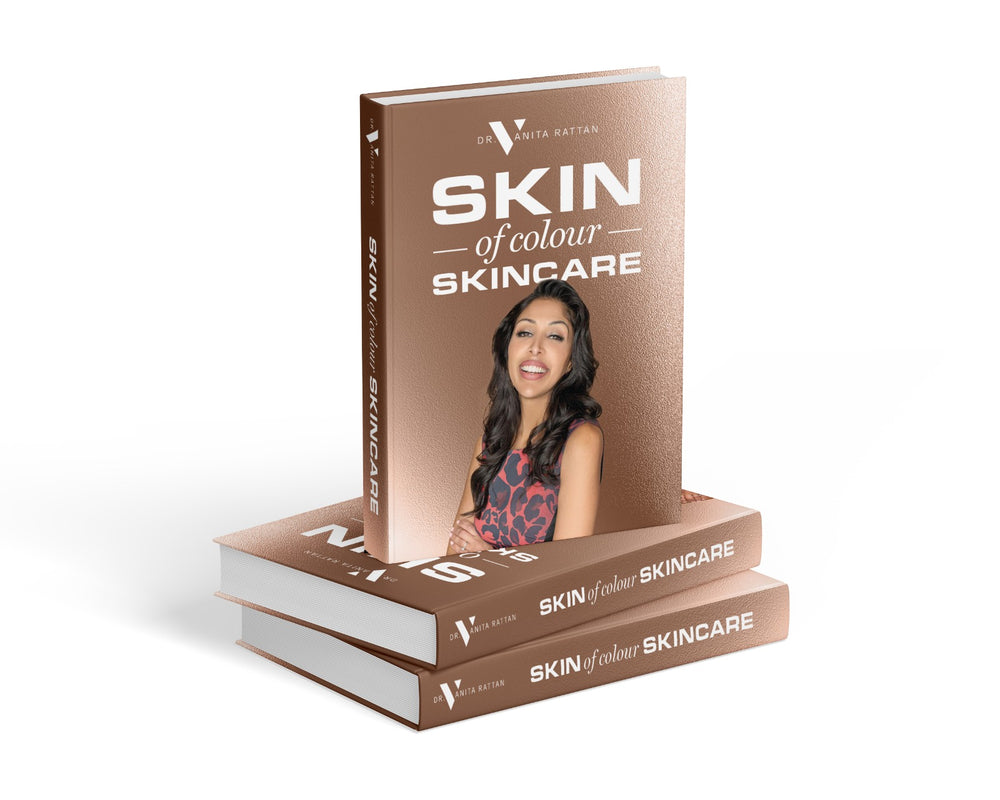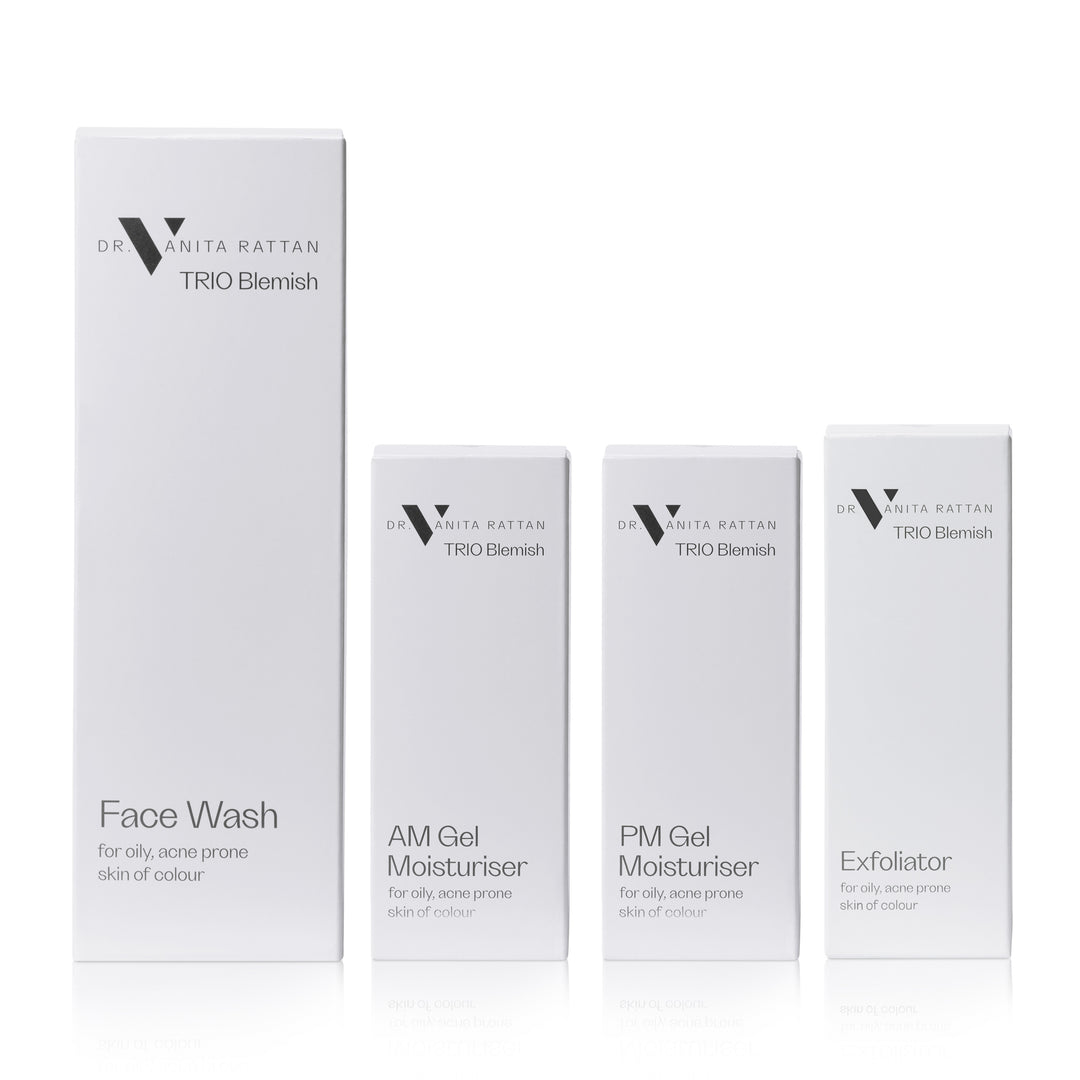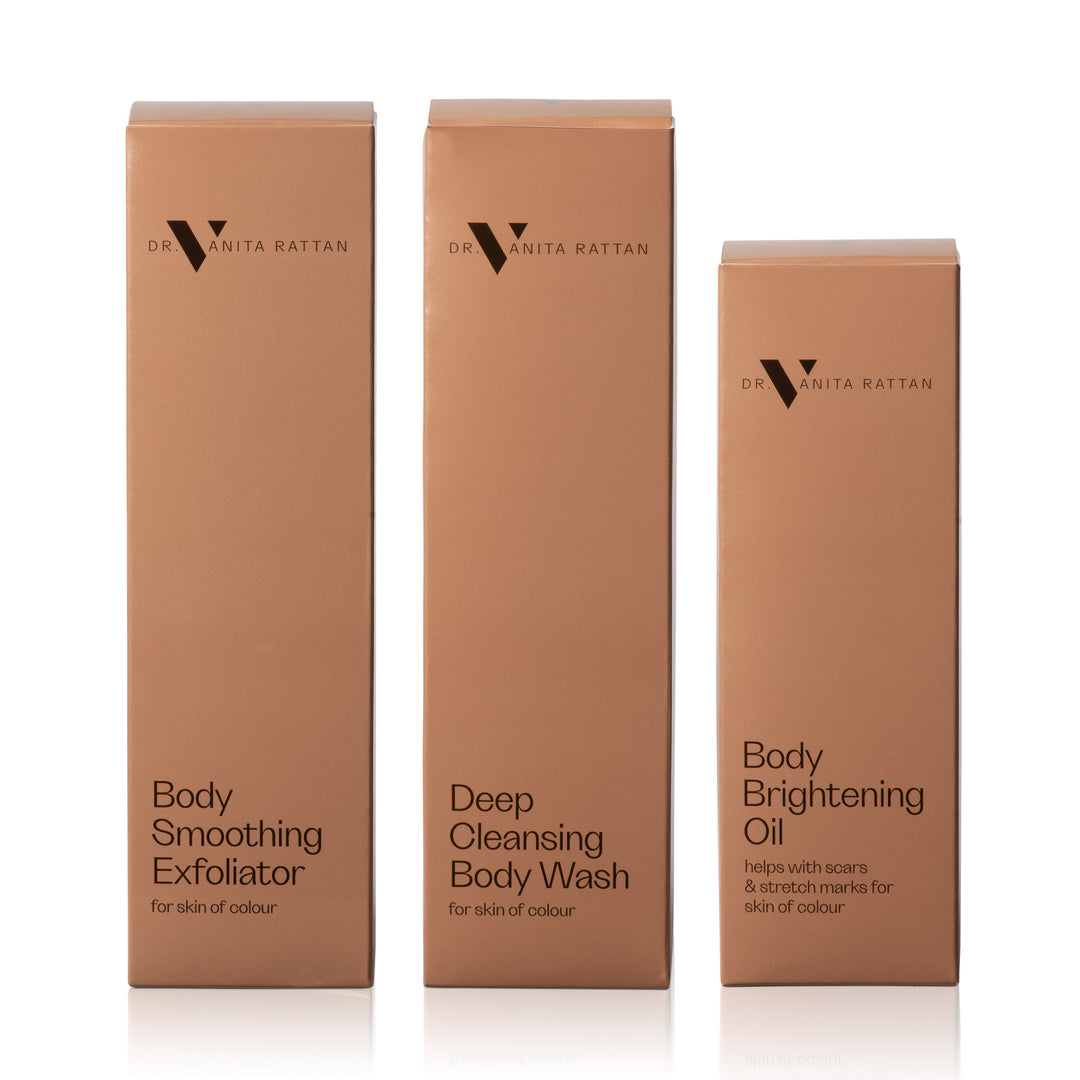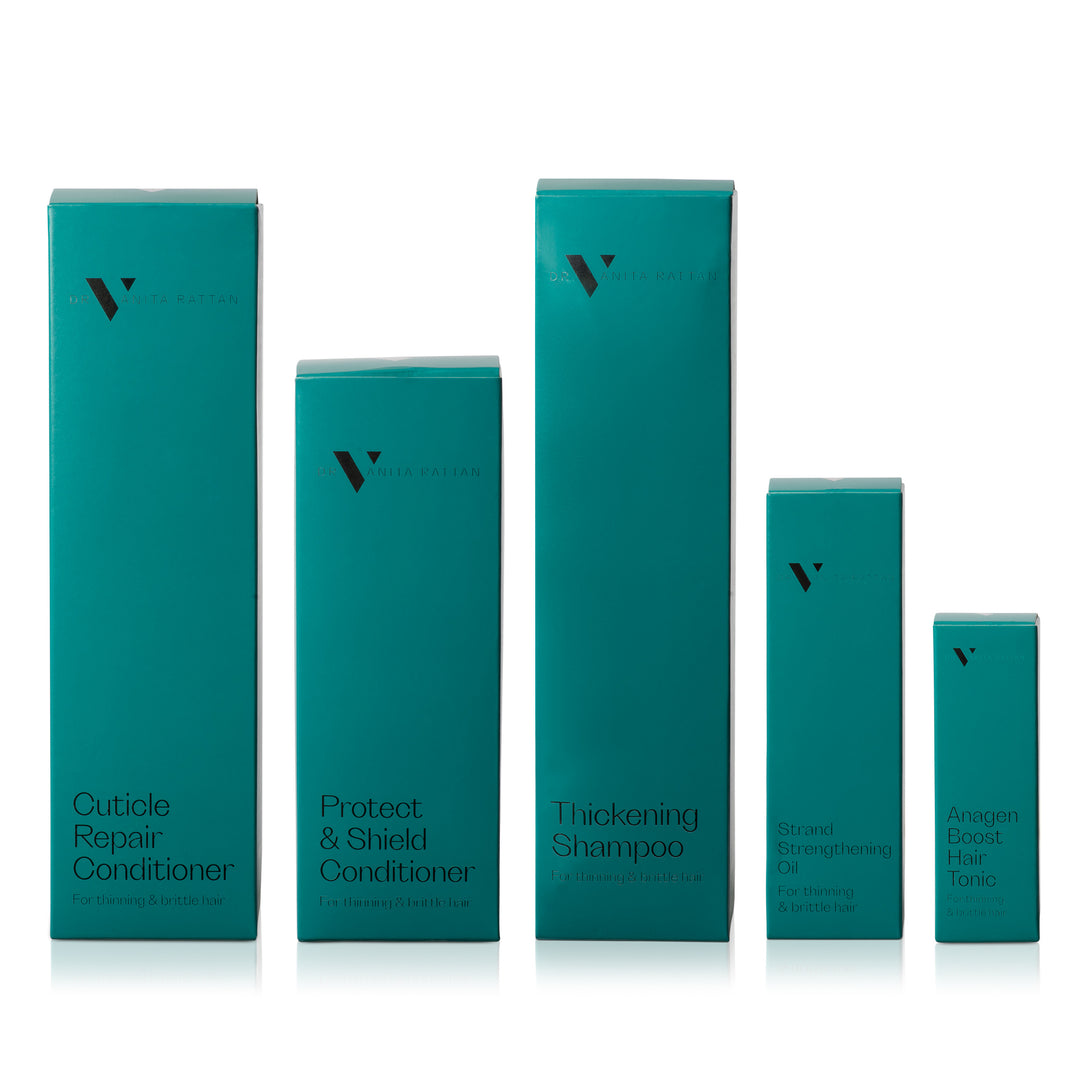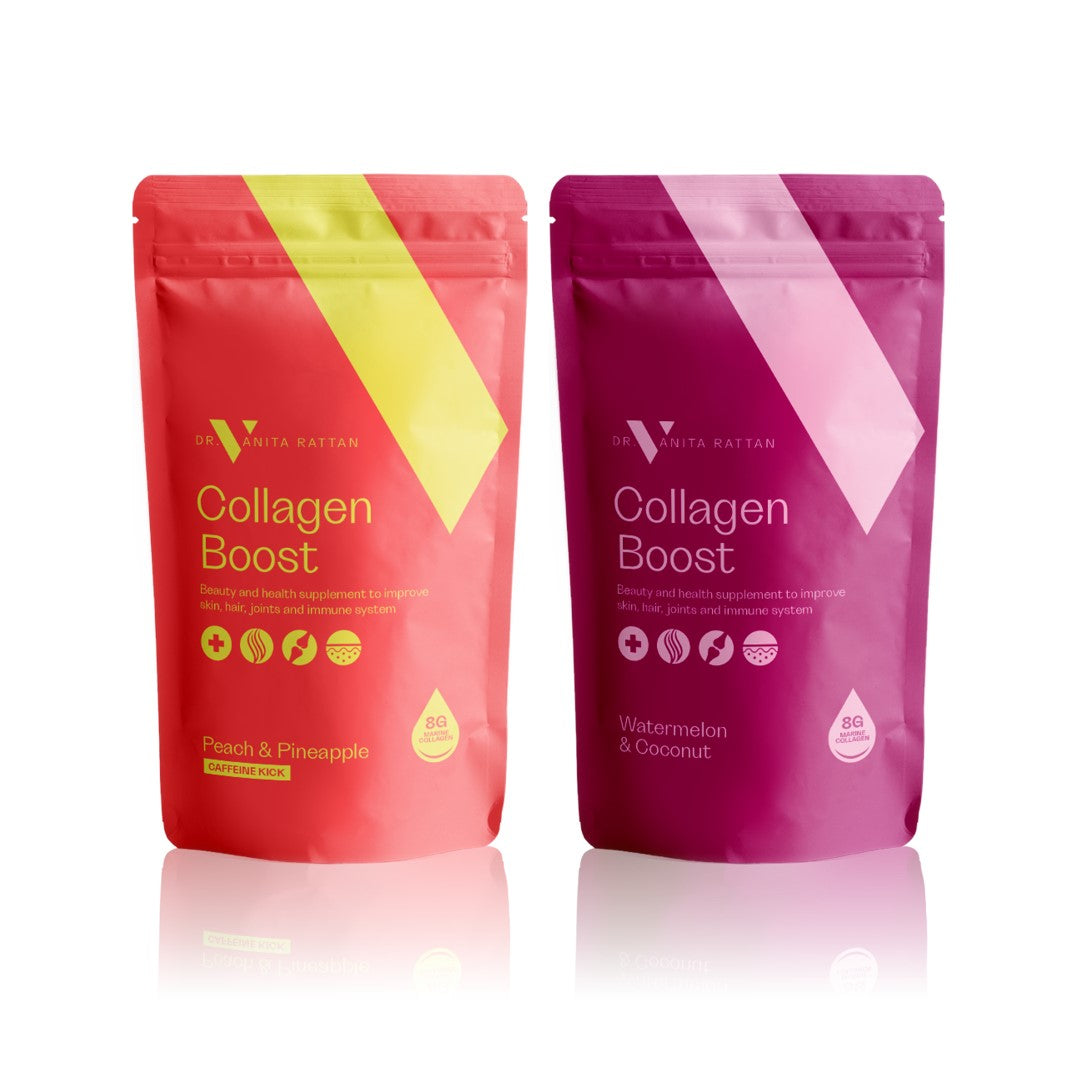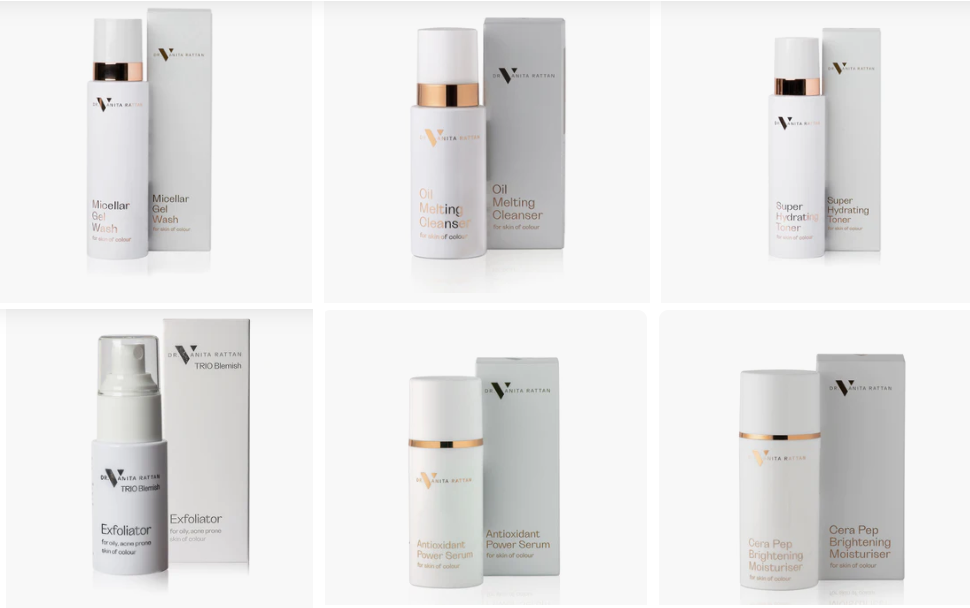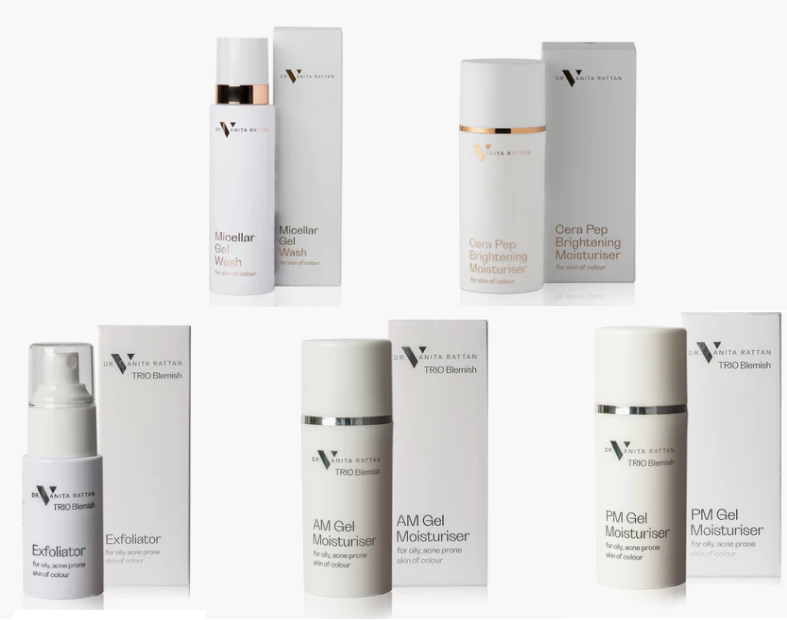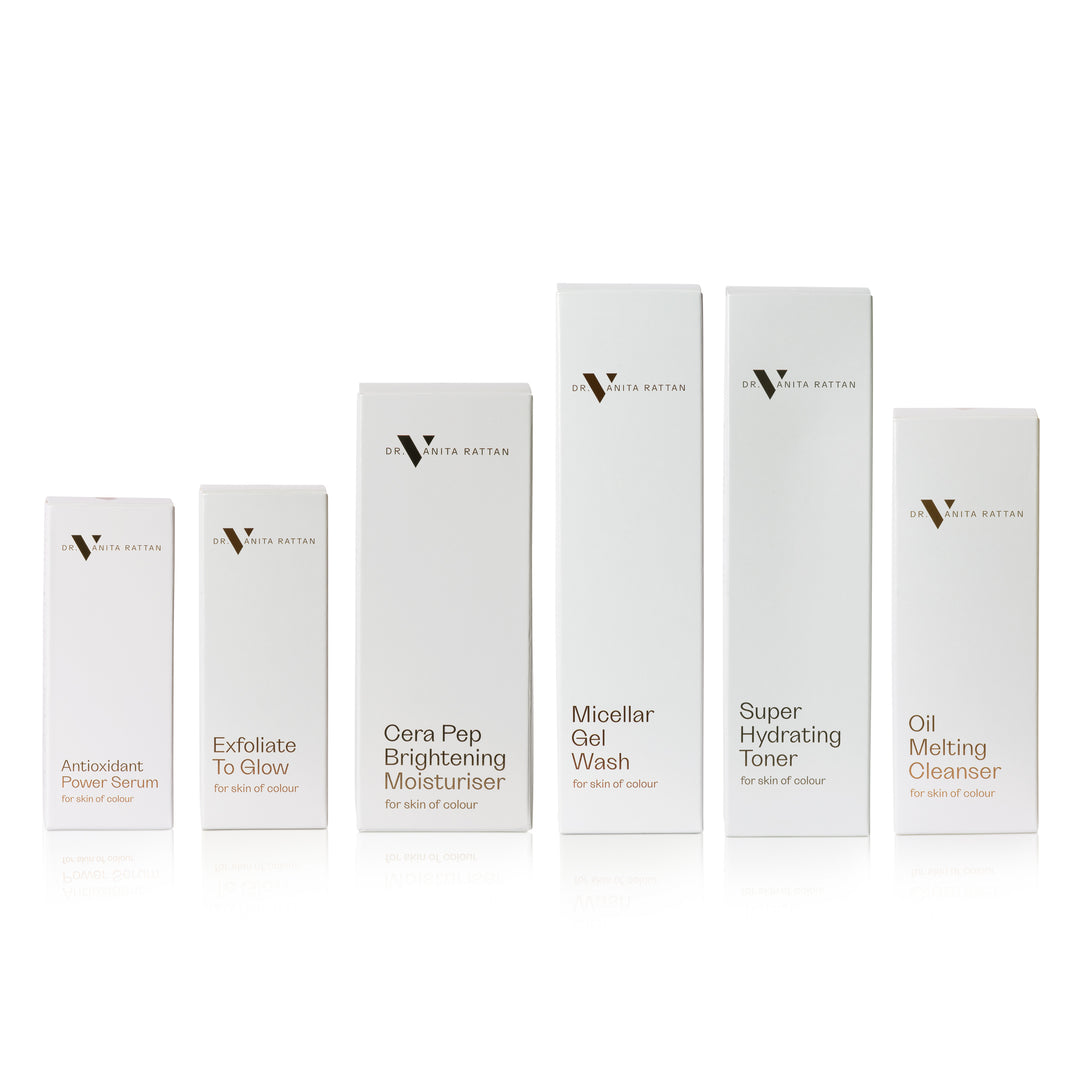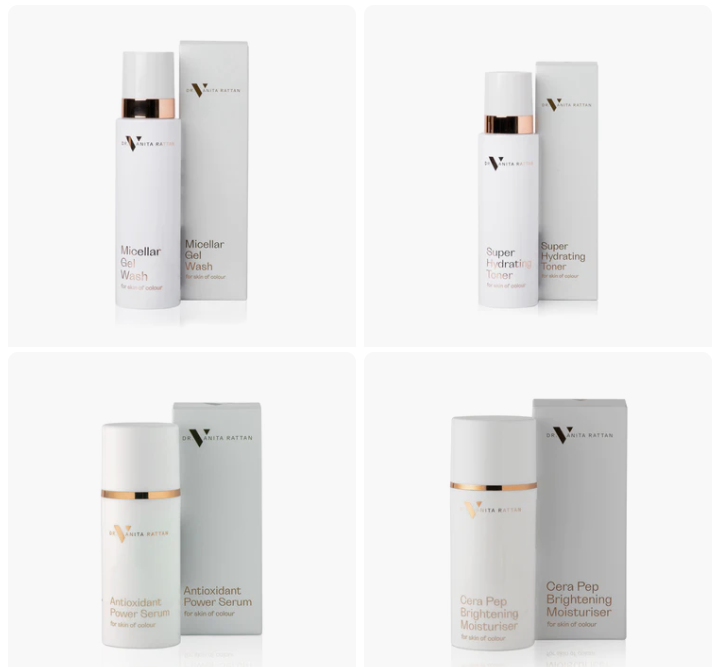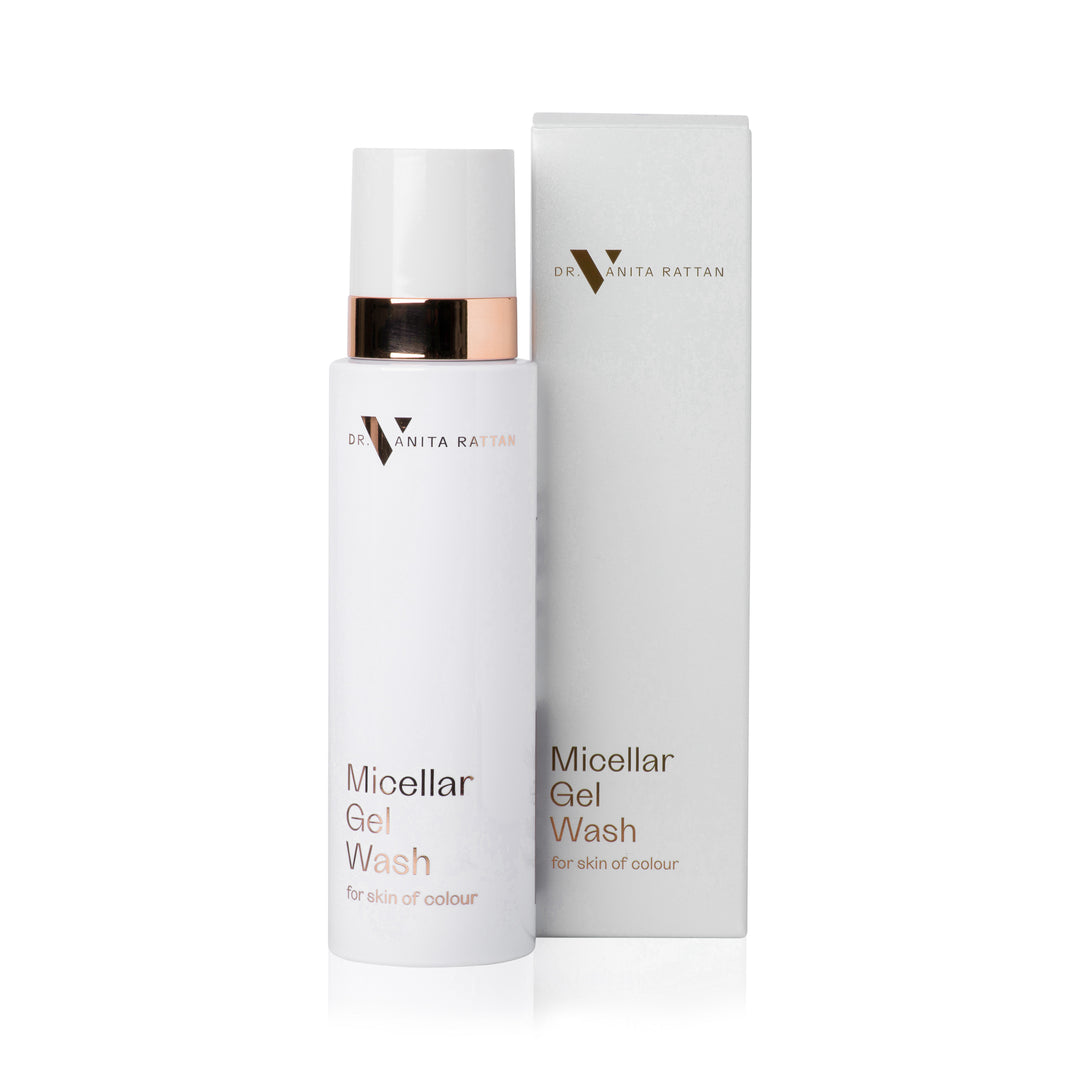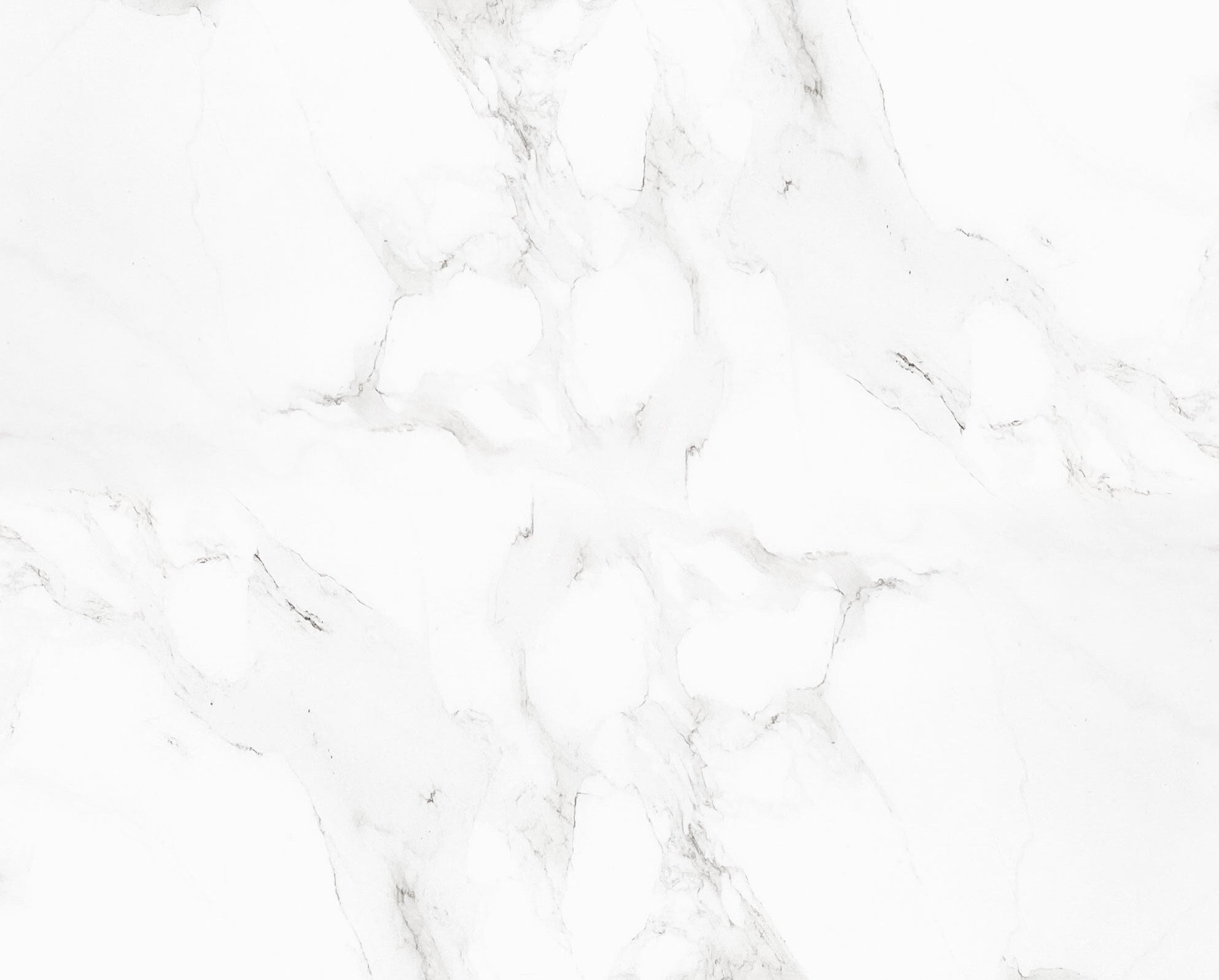How To Treat Vitiligo

Vitiligo is an auto immune condition whereby your normal immune system attacks healthy skin cells, resulting in melanocytes being destroyed. You’re then left with white patches of skin intermingled with normal skin tones. It often resembles the random pattern and patchiness of a severe sunburn when the skin peels.
It affects more visible areas like the face, neck, hands, elbows, knees and feet. However, it can appear anywhere on the body. Vitiligo is not contagious and it’s non-infectious.
Three types of vitiligo:
- Generalised Vitiligo - White patches of skin progress symmetrically on both sides of the body, affecting the same body parts at the same time.
- Segmental Vitiligo - Often appears in younger children where the white patches appear only on one side of the body.
- Localized Vitiligo - White patches appear in one or two areas of the body, progress and spread for a short period of time, and then stop.

Vitiligo Signs & Symptoms
- Premature whitening or graying on the scalp
- White or gray eyelashes or eyebrows
- Whitening of a beard
- Loss of colour in the mucous membranes
- Loss of colour in the retinas
Treatment
Treatment for vitiligo is based on changing the appearance of the skin by restoring its colour, the following options are available:
- Steroids – Topical steroid therapy is commonly used in treating this skin disease, because the steroids will stimulate melanin and may improve the appearance of depigmented areas.
- NSAIDS - Non-steroidal anti-inflammatory drugs (NSAIDs).
- Phototherapy - has been the mainstay of treatment for vitiligo for decades
- Cellular grafts - Surgical replacement of the damaged melanocytes
- Tissue grafts - Small plugs of skin are transplanted to vitiligo affected area
Protection from the sun
Sunburn is a severe risk if you have vitiligo. You must protect your skin from the sun and do not use sunbeds.
When skin is exposed to sunlight, it produces a pigment called melanin to help protect it from ultraviolet (UV) light. However, if you have vitiligo there is not enough melanin in your skin, so it is not protected.
Always apply a sunscreen, such as Dr V Inzincable, this Broad Spectrum SPF50 mineral sunscreen protects your skin from any harmful rays, it’s perfect for sensitive skin as its N.A.F.E SAFE - No Denatured Alcohol, No Fragrance, No Essential Oils - all substances which can irritate skin of colour.


